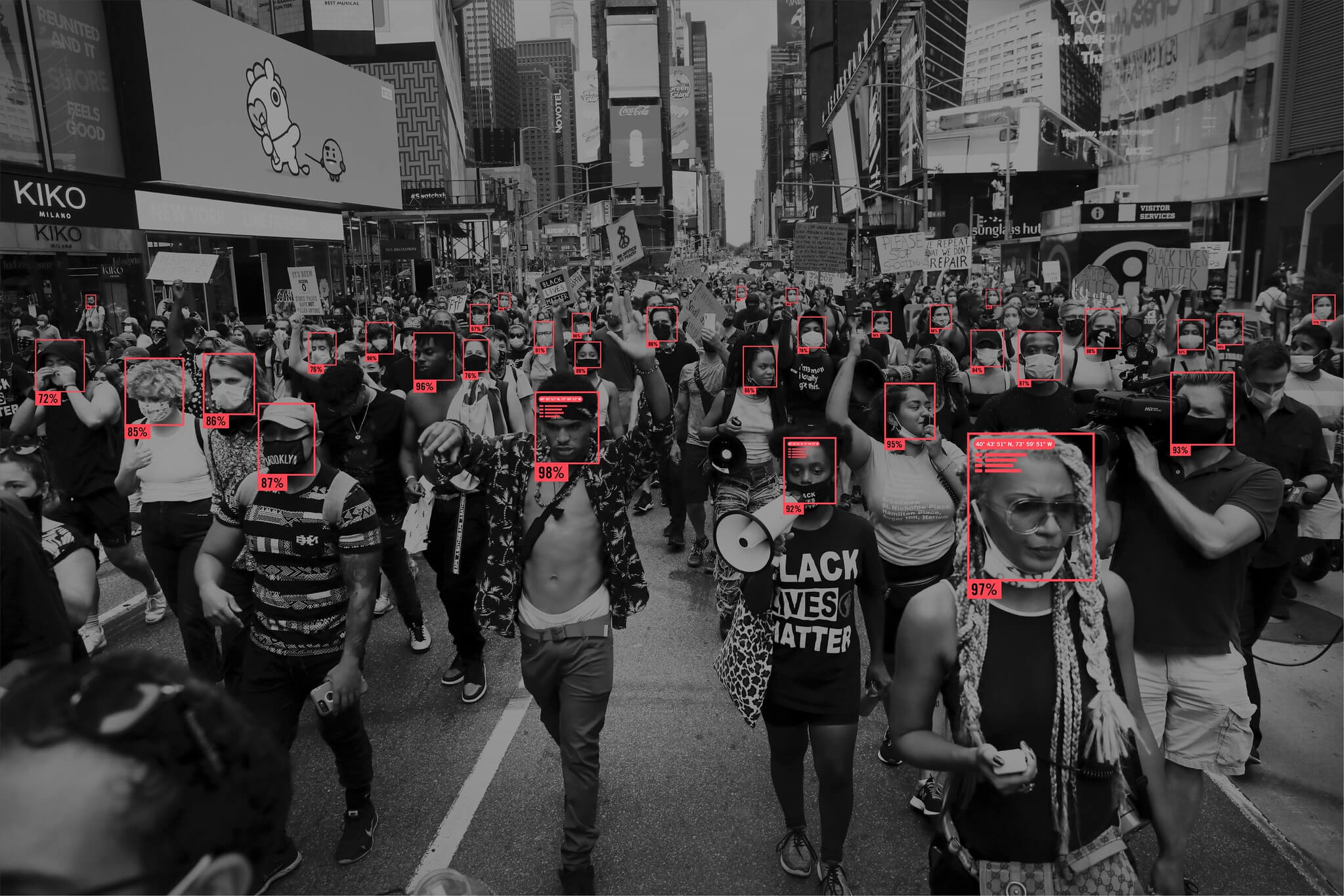Hard Issues Raised by Jeh Johnson’s Speech
I agree entirely with Ken that DOD General Counsel Jeh Johnson’s speech on the end-of-conflict with al Qaeda “makes a serious attempt to grapple with the conditions defining the endgame” and is “a significant articulation of the US government’s view of law and policy on counterterrorism.” Here is the most important passage in the speech:
Published by The Lawfare Institute
in Cooperation With

I agree entirely with Ken that DOD General Counsel Jeh Johnson’s speech on the end-of-conflict with al Qaeda “makes a serious attempt to grapple with the conditions defining the endgame” and is “a significant articulation of the US government’s view of law and policy on counterterrorism.” Here is the most important passage in the speech:
“on the present course, there will come a tipping point . . . at which so many of the leaders and operatives of al Qaeda and its affiliates have been killed or captured, and the group is no longer able to attempt or launch a strategic attack against the United States, such that al Qaeda as we know it, the organization that our Congress authorized the military to pursue in 2001, has been effectively destroyed. At that point, we must be able to say to ourselves that our efforts should no longer be considered an “armed conflict” against al Qaeda.
Some will interpret this and related passages as signaling that the armed conflict today is nearing an end, that the legal authorities under the AUMF are about to dissipate, or that the USG is on the verge of losing detention authority over the GTMO detainees. I seriously doubt that Johnson intended any of these implications. Johnson offered “no prediction about when this conflict will end, or whether we are . . . near the ‘beginning of the end.’” But more importantly, his speech was qualified in many ways that point to the many hard issues and questions about the end of this conflict – issues and questions that we should be grateful Johnson raised, for they are important and should be debated. Below are some initial thoughts.
Trigger for End of Conflict. Johnson says the end of the conflict arrives when al Qaeda and its associated forces cannot “attempt . . . a strategic attack.” It is unclear what he means by “strategic attack.” The DOD terms define a “strategic mission” as one “directed against one or more of a selected series of enemy targets with the purpose of progressive destruction and disintegration of the enemy's warmaking capacity and will to make war.” I doubt al Qaeda and associates ever had that capacity, so that is likely not what he means. The Air Force defines “strategic attacks” as those that “seek to weaken the adversary’s ability or will to engage in conflict.” If this is what Johnson had in mind, the bar to the end of the conflict seems pretty high. It doesn’t take much organization or weaponry to be able to “seek to weaken” the USG’s “ability or will” to engage in conflict. But the Air Force also says that “‘Strategic’ refers to the highest level of an enemy system that, if affected, will contribute most directly to the achievement of our national security objectives.” This definition might suggest an attack akin to 9/11. But that is probably too high a bar, since violence far short of a 9/11-style attack could, depending on the circumstances, initiate a non-international armed conflict (NIAC). Indeed, one might think that the end of an armed conflict is simply when the adversary no longer engages (or can engage) in armed conflict as defined by the laws of war. For if the bar for ending an armed conflict is lower than the bar for initiating or engaging in armed conflict, then one would be starting and stopping armed conflicts endlessly. So perhaps all Johnson meant by al Qaeda’s inability to “attempt . . . a strategic attack” is its inability to continue to engage in armed conflict as defined by the laws of war. The threshold for an armed conflict in a NIAC is a contested issue, and I will not wade into those waters here. (Here is one recent take.) Suffice it to say that if the threshold for a NIAC is relatively low, the bar for ending an armed conflict would be relatively high, and vice versa.
Associated Forces. Johnson does not say that the armed conflict ends when al Qaeda lacks capacity to attempt a strategic attack. Rather he says that at some point we reach “a tipping point at which so many of the leaders and operatives of al Qaeda and its affiliates have been killed or captured, and the group is no longer able to attempt or launch a strategic attack against the United States. . . . At that point, we must be able to say to ourselves that our efforts should no longer be considered an “armed conflict” against al Qaeda and its associated forces.” (Emphasis added.) Johnson seems to be saying – consistent with Obama administration filings in habeas cases, and what we know about the administration’s legal justification for targeted killings outside Afghanistan – that the AUMF authorizes an armed conflict against a single “group,” al Qaeda and associated forces, and the armed conflict does not end until it ends against that entire group. The references to “associated forces” are thus very important qualifications, for the USG appears to be much closer to defeating the core al Qaeda than it is to defeating its associated forces in places like Yemen, Somalia, and (perhaps) Libya and Mali. One might argue, of course, that when al Qaeda is destroyed, there is nothing for the affiliate groups to associate with, and the armed conflict ends against those groups as well. I seriously doubt that Johnson is suggesting that the USG’s AUMF powers dissipate in Somalia and Yemen when Zawahiri is killed and the core al Qaeda is destroyed. He seems to think, rather, that the conflict authorized by the AUMF continues against the associated forces that continue to engage in armed conflict. This in turn raises another hard question: Can groups that become associated with current al Qaeda associates (e.g. with AQAP) after the core al Qaeda is destroyed come within the AUMF?
Duty to Release - timing. Johnson correctly points out that military authority to detain ends with the “cessation of active hostilities.” But he adds that “conventional legal principles” should inform the duty to release, he notes that the USG “delayed the release of some Nazi German prisoners of war,” and he cites Ludecke v. Watkins 335 U.S. 160 (1948) for the proposition that “the President’s authority to detain German nationals continued for over six years after the fighting with Germany had ended.” Johnson is clearly suggesting that a duty to release is not triggered immediately upon cessation of hostilities, whenever that is. I can imagine two reasons why the USG might delay. First, an important difference between a traditional armed conflict and the current one is that when the Germans were defeated, the POWs in the United States were thrilled to go home and posed no ongoing danger when released. That will not be the attitude of many of the detainees GTMO, including many that the Obama administration has deemed too dangerous to release. Some of them will want to return to the fight. Might this re-trigger an armed conflict? Is this possibility a reason to delay release? Would Congress need to act with additional authorization to detain dangerous detainees beyond armed conflict? These are all hard questions. (Curtis Bradley and I had thoughts on some of these questions on pp. 2123 ff. here.)
Second, to which countries would the USG release detainees that it previously deemed too dangerous to release? The USG has had serious trouble finding countries to take detainees (like the Uighurs and some Yemenis) deemed not dangerous. The problem will be very much harder with the ones deemed too-dangerous-to-release by the Obama administration’s 2009 GTMO review.
Duty to Release – scope. The “associated forces” qualifier above might provide a way to resolve the timing issues in the previous paragraph. For if al Qaeda and associates are part of a single group against whom Congress has authorized detention, then (assuming away military commissions for the moment) the USG would not have a duty to release Khalid Sheikh Mohammed until it defeated the associated groups. I think this is the upshot of Johnson’s speech, but he was not explicit.
Who Decides? In addition to uncertainty about the trigger for ending the conflict and the speed and scope of the duty to release, it is also unclear which institution – Congress or the President – gets the final say on whether the conflict has ended. I don’t have the cases at my fingertips (one is Ludecke), but I am pretty sure that Supreme Court decisions do not settle this matter definitively, because Congress and the President have never had a clear conflict about the end of the conflict (as one can imagine they might with this conflict). However, these cases, I recall, do show significant judicial deference to the political branches’ assessment of when a conflict has ended and the consequences of that assessment.
Extra-AUMF Threats. Johnson says that once the group “al Qaeda and associated forces” is defeated, once the authorizations of the AUMF expire, what is left is “a counterterrorism effort against individuals who are the scattered remnants of al Qaeda, or are parts of groups unaffiliated with al Qaeda, for which the law enforcement and intelligence resources of our government are principally responsible, in cooperation with the international community – with our military assets available in reserve to address continuing and imminent terrorist threats.” Johnson’s reference to the “intelligence resources” principally responsible for addressing the scattered remnants of al Qaeda might be referring to the CIA’s powerful paramilitary force, but is more likely referring to pure intelligence resources. Also note that Johnson (rightly) reserves the idea that the military (or, I would add, another agency, on orders of the President), can – presumably under Article II – “address continuing and imminent terrorist threats.” It is not clear what “continuing” adds to “imminent” here, though I am sure its inclusion has significance. But with respect to “imminent,” recall that the Obama administration has claimed that “a more flexible understanding of ‘imminence’ may be appropriate when dealing with terrorist groups,” and has argued that ‘what constitutes an ‘imminent’ attack should be broadened in light of the modern-day capabilities, techniques, and technological innovations of terrorist organizations.” So Johnson's reservation of authority under Article II to “address continuing and imminent terrorist threats” is an important and possibly expansive one. The end of armed conflict might well bring legal pressure for an end to detention, but it does not affect Article II authorities to use force against imminent extra-AUMF terrorist threats, broadly conceived.





